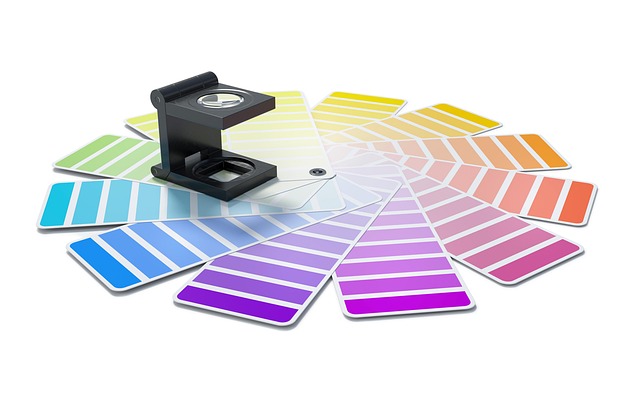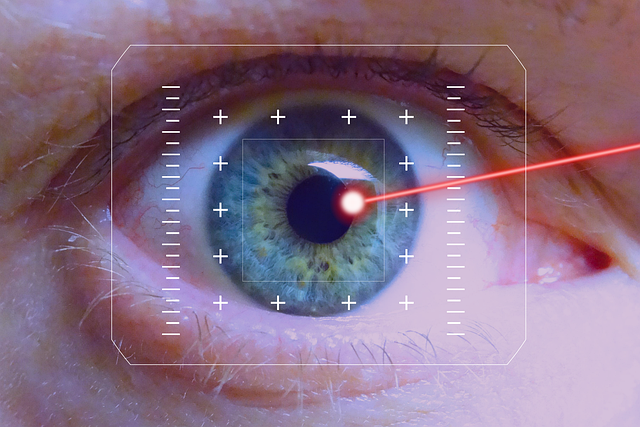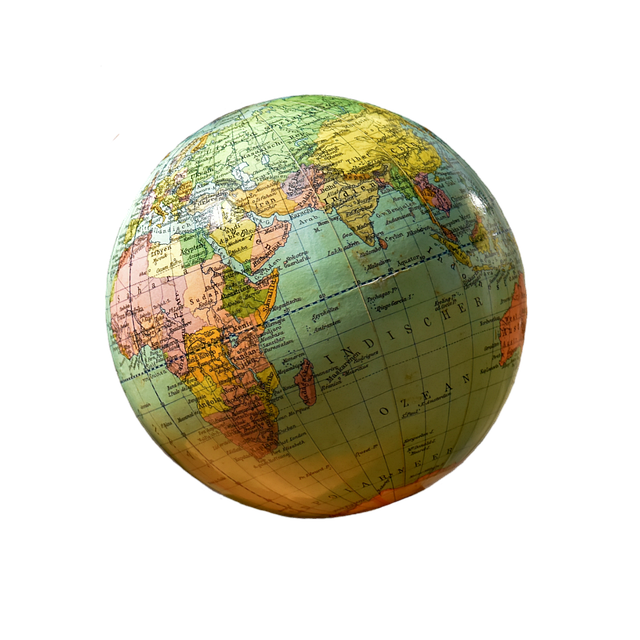Mastering the Art of Mixed Light Photography: A Design Perspective
Diving into the world of photography often feels like stepping into a painter’s studio, where every click of the shutter is akin to a stroke of a brush. Among the myriad of techniques available, mixed light photography stands out, offering a unique fusion of natural and artificial illumination to enhance the visual narrative. This art form embodies not just the practice of taking photographs but transforms each image into a thoughtfully designed composition.
As photographers, we are artists in our own right, tasked with employing light much like a sculptor uses clay. Mixed light presents an exciting challenge—we’re jugglers of luminescence, striking a balance between the warm, ambient glow of natural light and the stark, focused beams of artificial sources. The resultant harmony can transport viewers into a scene that feels both familiar and intriguingly surreal.
When approaching mixed light photography, it’s crucial to consider the design elements that will make each shot sing. Think of light as your color palette. The interplay between different light sources can create layers, depth, and texture within your images. For example, capturing a cityscape at twilight, where the fading natural light dances with the bright city lights, allows for a stunning display of contrasts. This duality not only tells a story but also evokes emotions that resonate deeply with viewers.
Beyond mere aesthetics, mixed light photography invites you to explore the relationship between the subject and its environment. Each photograph can serve as a conversation piece—what does the light reveal, and what does it conceal? By consciously choosing your light sources and playing with their intensity, direction, and color, you can manipulate how the audience perceives your subject, crafting a narrative that is both visually compelling and emotionally charged.
Incorporating mixed light into your photography requires a keen sensitivity to design principles. Create a visual flow that guides the viewer’s eye through your composition. Use leading lines illuminated by shafts of light, contrast tones that highlight focal points, and shadows that add intrigue. Each element becomes a brush stroke on the canvas of your photograph, telling a tale that’s rich in detail and layered in meaning.
As you embrace mixed light photography, remember that the best designs often emerge from experimentation. Play with different settings at various times of the day. Use reflectors, diffusers, or even color gels to alter the character of your light. Dive deep into the emotional palette that light can provide, transforming ordinary moments into extraordinary visual experiences that resonate with the hearts and minds of your audience.
Ultimately, the beauty of mixed light lies not only in the images we capture but also in the stories we tell through light and shadow. So, grab your camera and start exploring the endless creative possibilities that await within the realm of mixed light photography. Let your artistry unfold with each frame, and watch as your designs illuminate the world around you.




